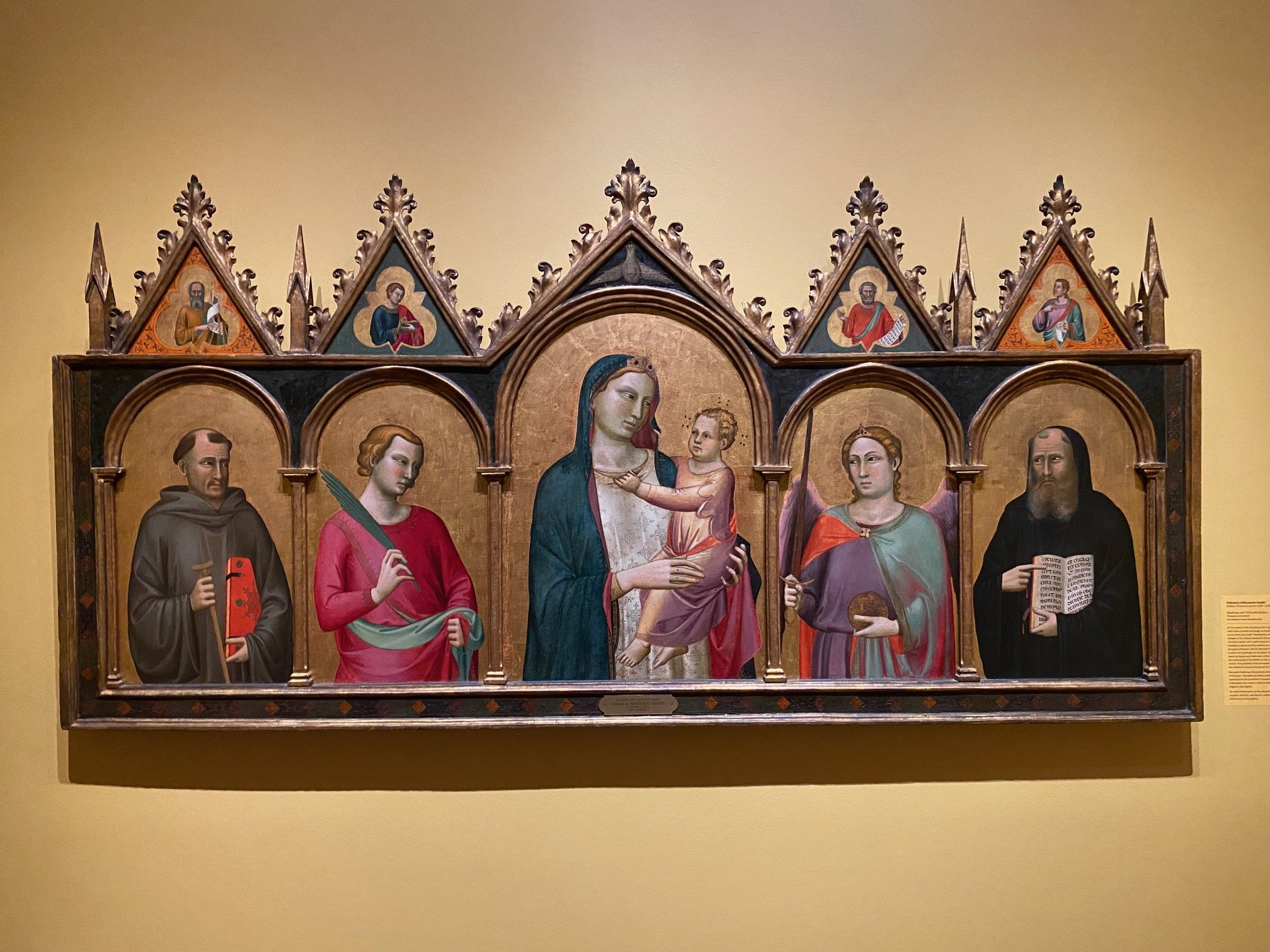New Orleans Museum Of Art A Hub For Christian Art
The New Orleans Museum of Art is one of the best museums in the United States for seeing Christian art. Wikipedia Commons photo.
NEW ORLEANS — Christian art isn’t so unusual to see at a major art museum in the United States. In fact, a great number of them — including museums in New York, Chicago and Los Angeles — feature works from around the world that highlight the Judeo-Christian tradition.
One such museum is the New Orleans Museum of Art. While the museum’s works span centuries — including the Italian Baroque and modern African paintings — there is no shortage of paintings and sculptures that pay tribute to Christ and Bible stories.
New Orleans is a city that mixes the profane and religious. Known for its drinking and partying in the famed French Quarter, the city is also the site of one of the biggest Mardi Gras festivals — along with Rio de Janeiro and Venice — in the world.
The season actually begins on Three Kings Day on Jan. 6 and extends through midnight before Ash Wednesday. But the partying never really ends in this part of the city near the Gulf of Mexico.
The New Orleans Museum of Art, located about five miles from the city’s downtown, isn’t afraid to pay homage to Louisiana’s French colonial roots with deep connections to Catholicism. The museum, whether displaying works that are part of its permanent collection or roving exhibits, was established in 1911 and located at the entrance to the lush City Park.
The museum — originally founded as the Delgado Museum of Art, named after its benefactor, Isaac Delgado — featured 9,000 objects at the time. Most of them came from Delgado's personal collection.
A wood altarpiece features Mary and child with saints in a piece attributed to a follower of the Italian artist Bernardo Daddi. Photo by Clemente Lisi.
Over the years, the museum's collection grew through acquisitions and donations. In 1971, it was renamed the New Orleans Museum of Art. Seven years later, it underwent a major expansion project, which added more exhibition space and improved facilities.
NOMA’s current collection contains over 40,000 objects spanning 5,000 years, including paintings, sculptures, decorative arts and photography. NOMA’s collection is particularly strong in the areas of French and American art, as well as African and Japanese art. The museum’s French collection includes works by artists such as Edgar Degas, Pierre-Auguste Renoir, Claude Monet and Pablo Picasso. Its American collection includes works by artists such as John Singer Sargent, Georgia O’Keeffe and Edward Hopper.
NOMA is also known for its extensive collection of art from Africa, with over 7,000 objects spanning the continent's many cultures and traditions. Additionally, the museum has a significant collection of Japanese art, including “ukiyo-e” — “pictures of the floating world” — prints and samurai armor.
This oil painting by American artist William H. Johnson — known as “Lamentation” from 1944 — depicts Jesus after he died. Photo by Clemente Lisi.
In addition to its permanent collection, NOMA regularly hosts temporary exhibitions featuring works by contemporary artists, as well as exhibitions focused on specific themes or periods in art history.
But visitors to the museum will also see plenty of religious symbolism, much of it depicting Christianity, throughout the four-story building.
For example, take the work of William H. Johnson. He began painting religious scenes in the 1940s, after his wife, Holcha, died from cancer. In his painting “Lamentation,” three women — wearing brightly printed outfits — raise their hands in stylized gestures that evoke African mourning rites.
The ladders, which appear in European scenes of the Crucifixion, also bring to mind African American spirituals like “Jacob’s Ladder.” The painting is currently on loan to NOMA. It belongs to the Smithsonian American Art Museum. It’s just another fine example of the NOMA’s ability to showcase Christian art.
For more information regarding NOMA, ticket prices and hours, visit NOMA.org.
Clemente Lisi is a senior editor at Religion Unplugged and teaches journalism at The King’s College in New York City. He is the author of “The FIFA World Cup: A History of the Planet’s Biggest Sporting Event.” Follow him on Twitter @ClementeLisi.



